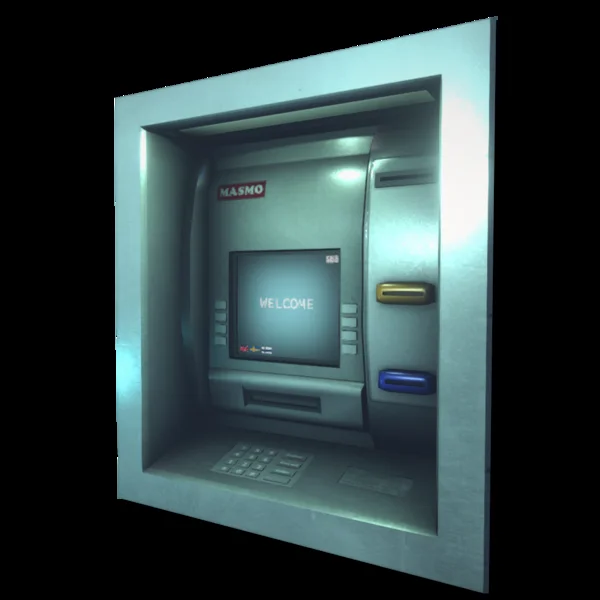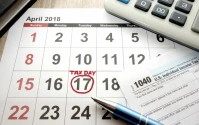The Dangerous Allure of the Banking 'Hack'
There’s a video making the rounds on TikTok that perfectly captures the modern financial zeitgeist. A woman named Kim Brindell explains, with the casual confidence of someone who has discovered a cheat code for life, how she and five friends afford a vacation together every year. Their method is simple: they opened a `joint bank account` and each contributes $20 a week. The math checks out. Six people, $20 a week—that’s $120 per week, or $6,240 per year. It feels clever, communal, and wonderfully simple.
This is the kind of story that gets traction because it feels like a solution, a small act of rebellion against a complex and often unforgiving financial system. It’s a “hack.” And in our current environment, we are obsessed with hacks—for productivity, for fitness, and especially for our money. We seek out high-yield savings accounts with the highest APY, we use digital tools to manage our spending, and we look for clever ways to circumvent what we perceive as bureaucratic friction. But my analysis of the underlying systems suggests a deep, and frankly hazardous, disconnect between the perceived simplicity of these hacks and the rigid, often punitive, reality of the financial and digital infrastructure they operate on.
The allure is the illusion of control. But what happens when the illusion shatters?
The Discrepancy Between Social Norms and Systemic Rules
Let’s start with that `joint bank account`. On the surface, it’s a brilliant, trust-based system among friends. The TikTok comments, which I treat as a valuable, if anecdotal, data set, show a clear bifurcation in sentiment. One camp celebrates the trust, while the other raises immediate flags about the risk of a shared account. The pro-trust argument is emotional: "If you can't trust your friends with money, get new friends." But this completely misses the point. The risk isn't just about a friend maliciously draining the account; it's about the unforeseen legal and financial entanglements.
A banker in the comments correctly pointed out that the setup of the account is critical. An account titled with an "and" between names requires all parties to sign for a withdrawal, while an "or" account allows any single individual access. (This is a crucial detail often overlooked in the rush to `open a bank account`.) But what about liability? What if one friend is sued, or goes through a divorce, or declares bankruptcy? That shared pool of money could suddenly become a target for creditors. The simple social agreement is now subject to the cold, impartial logic of contract law. The system doesn't care about your friendship.
This same cognitive dissonance appears in how people handle large sums of cash. The Bank Secrecy Act mandates that financial institutions file a Currency Transaction Report (CTR) for any cash deposit exceeding $10,000. This isn't a suggestion; it's a federal requirement designed to track potential money laundering. If you're wondering What Happens if You Deposit More Than $10,000 in Your Bank Account?, the logical response for anyone with legitimate funds is to simply deposit the money, let the bank file the form, and move on. The government isn't interested in your weekend casino winnings or the cash from selling your car.

Yet, a surprising number of people believe they can "hack" this system. They engage in what's known as "structuring"—breaking a large deposit into smaller amounts to fly under the $10,000 radar. This is a catastrophic miscalculation. The act of structuring itself is a federal crime, punishable by fines up to $250,000 and five years in prison. The attempt to be clever is, in fact, the very behavior the system is designed to flag as suspicious. The hack backfires, turning a non-event into a potential felony.
The Digital Facade and The Real Cost of 'Free'
This pattern of behavior—seeking a shortcut that inadvertently increases risk—is exponentially more dangerous in the digital realm. Consider the recent warnings from security researchers about a fake app called "Mobdro Pro IP TV + VPN." It promised users a classic hack: free, high-quality streaming channels. To get it, users had to sideload the app, bypassing the curated security of the Google Play Store. The reward seemed high, the risk abstract.
The reality was that they weren't installing a streaming app. They were installing Klopatra, a sophisticated banking Trojan that granted attackers complete remote control of their device. The hack wasn't for free TV; it was for the user's bank account. I've looked at hundreds of these malware reports, and the architecture of this particular attack is a masterclass in exploiting cognitive bias. It leverages the user's desire for a shortcut and their conditioned expectation that pirated software exists in a gray market, making the act of sideloading feel normal.
But the problem isn't confined to the digital back alleys. A 2025 VPN Transparency Report from the Open Technology Fund examined 32 of the world's most popular commercial VPNs—apps downloaded over a billion times, collectively. These are the tools people use, ironically, to increase their security and privacy. The findings were alarming. Many popular apps, like Turbo VPN and VPN Proxy Master, were flagged as "concerning." Some were using protocols like Shadowsocks, which was never designed for confidentiality, to build their VPN tunnels while claiming user connections were secure.
This is the digital equivalent of the joint bank account problem. The user sees a simple interface with a big, friendly "Connect" button. They believe they are engaging in a straightforward transaction: my data for your protection. What they don't see is the opaque corporate structure behind the app, the questionable protocols being used, or how their data is actually being handled. The simple, clean user interface is a facade, masking a complex and potentially insecure reality. Are you really anonymizing your traffic, or are you just routing it through a different, potentially more interested, observer? The data to answer that question is often deliberately obscured.
A Calculated Misunderstanding
The common thread here is not just risk, but a fundamental, systemic gap in literacy. We are encouraged to interact with financial and digital systems through simplified interfaces that mask their true complexity. We're told to find the best `high-yield savings account` to fight inflation, but the underlying mechanics of how the Fed's rate decisions—like the recent cut to 4.00%-4.25%—will impact our APY are treated as esoteric knowledge. We are sold the idea of a simple "hack" for group savings, for avoiding bank reporting, or for digital privacy, without being equipped to evaluate the second- and third-order consequences.
These aren't just isolated incidents of bad luck. They are the predictable outcomes of a system that prioritizes user acquisition and engagement over genuine user education. The "hack" is the most potent marketing tool of our time because it promises a shortcut, an edge. But in a game where you don't know the rules, taking a shortcut is often the fastest way to walk directly into a trap. The problem isn't that people are trying to be clever with their money; it's that the systems are designed to profit from their predictable misunderstandings.









